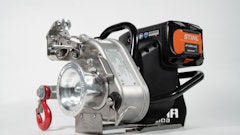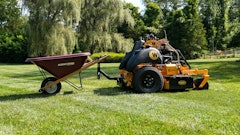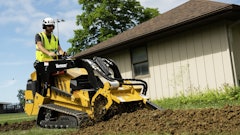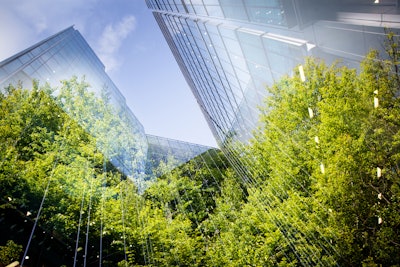
Urban trees are an essential component of healthy, sustainable cities. They provide numerous environmental, social, and economic benefits such as improving air quality, providing shade, reducing urban heat islands and enhancing property values. However, trees in urban environments face unique challenges including limited growing space, pollution and increased risk of damage from human activities. Proper management and care are vital to ensure their longevity and continued contribution to urban ecosystems. In this guide, we’ll explore best practices for managing and maintaining trees in urban settings.
1. Choosing the right location
One of the most critical steps in urban tree care begins before planting—the selection of the proper location. Trees need enough space to grow to their full potential without interference. When planting trees, it’s essential to avoid areas where the tree’s canopy or root system will be obstructed. Avoid planting too close to large buildings, sidewalks, power lines or other trees that can restrict growth. Urban trees need adequate room to expand their root systems and crowns to maintain stability and health. Additionally, choosing locations with suitable light conditions and minimal exposure to urban stressors like heavy traffic can significantly improve tree vitality.
2. Watering and irrigation
Watering is a fundamental part of tree care, especially for young or newly planted trees. Trees in urban environments are often surrounded by impervious surfaces such as roads and sidewalks, which can limit the amount of water reaching the tree's roots. Applying irrigation slowly and deeply is key to allowing the tree’s root zone to absorb enough water while preventing runoff. A good rule of thumb is to water the soil to a depth of at least 8 to 10 inches. It’s essential to avoid overwatering, as waterlogged soil can suffocate tree roots and lead to rot or other diseases.
3. Mulching for root protection
Mulching provides several benefits for urban trees. It helps to conserve soil moisture, suppress weeds and maintain an even soil temperature. However, improper mulching can cause significant harm. One common mistake is creating "mulch volcanoes," where mulch is piled against the tree's trunk. This can lead to moisture buildup and rot around the trunk, inviting pests and diseases. Instead, apply a 2- to 3-inch layer of mulch in a wide ring around the tree, keeping it away from direct contact with the trunk. Additionally, avoid using black plastic under the mulch as it can prevent water from reaching the tree’s roots.
4. Pruning techniques
Pruning is essential for maintaining the structural integrity, health and appearance of trees in urban settings. Proper pruning helps remove dead or diseased branches, improves airflow through the canopy and prevents structural weaknesses. Urban trees, in particular, are more prone to damage from wind, storms and human activity, making pruning an important aspect of care.
When pruning, avoid "topping" trees, which involves cutting back large branches at the crown indiscriminately. Topping can damage trees, lead to decay and encourage the growth of weak, poorly attached branches. Instead, focus on strategic pruning that directs the tree’s growth. Remove weak or crossing branches and address any waterspouts—vertical shoots that can rob the tree of energy. Always prune branches when they are small, as this minimizes stress on the tree and reduces the risk of decay.
5. Monitoring and disease control
Urban trees are exposed to various stresses, making them susceptible to pests and diseases. Regular monitoring for signs of insect infestations, fungal infections or other diseases is crucial for early detection and treatment. Symptoms such as discolored leaves, dead branches or unusual growth patterns can indicate underlying problems.
If diseases or pests are detected, use the appropriate control measures as recommended by experts. In some cases, chemical treatments may be necessary, but it’s important to choose environmentally safe options that won’t harm the tree or surrounding ecosystem. Integrated pest management strategies, which emphasize a combination of biological, cultural and chemical controls, can be highly effective in urban environments.
6. Soil management and fertilization
The quality of urban soils can vary greatly, and many urban trees are planted in compacted, nutrient-poor soils. Ensuring trees have access to adequate nutrients is essential for their growth and longevity. Slow-release fertilizers can be applied over the tree’s root zone to provide steady nutrients over time. For optimal health, soil tests should be conducted to assess nutrient levels and determine the specific needs of the tree.
It’s also vital to avoid using herbicides and other chemicals that can be harmful to trees, particularly those meant for weed control. Safe herbicides that are tree-friendly should be selected when needed. Keep in mind that good soil management often starts with proper planting practices, such as avoiding root barriers that inhibit natural growth.
7. Root zone protection
Urban construction and landscaping projects often cause damage to tree root zones, which can lead to tree decline or death. Digging trenches for utilities, drainage or construction should be done with caution, as even shallow cuts into the root zone can damage critical roots. Before any construction or renovation projects, it’s important to clearly mark the root zone and protect it from soil compaction and mechanical damage. For trees that are especially at risk, consulting with an arborist before construction begins can help mitigate potential damage.
8. Supporting tree structures
Urban environments frequently require additional tree supports, especially when trees are young or in high-traffic areas. However, care should be taken when adding support structures such as stakes or ties. Never nail or tie supports directly to the tree, as this can cause wounds that invite pests and disease. Instead, use separate structures such as birdhouses or feeders and attach them independently.
When planting new trees, remove any wire baskets and burlap from around the root ball to allow the roots to grow freely and expand into the surrounding soil. These barriers, if left intact, can restrict root growth and cause long-term issues for the tree.
9. Long-term planning and care
Finally, urban tree management requires a long-term approach. Regular inspections, maintenance and monitoring are key to ensuring that trees continue to thrive in city environments. As trees age, their needs may change, requiring adjustments in care practices. Working with a certified arborist can ensure that trees receive the proper care throughout their life cycle.
Urban trees play a vital role in enhancing the quality of life in cities, but they require thoughtful management and care. By following best practices—such as choosing the right planting location, watering effectively, mulching correctly, pruning strategically and monitoring for disease—urban trees can thrive and continue providing benefits to communities for generations. Proper planning and consistent care are the keys to maintaining a healthy and vibrant urban forest.
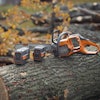
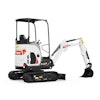
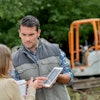
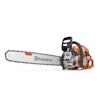
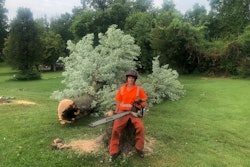

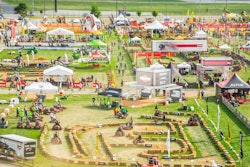

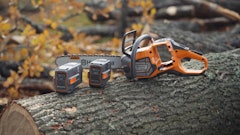
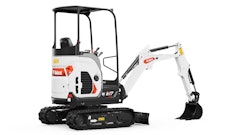

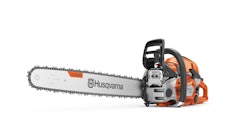



![T708 2025 Ga Tl11 R3 Hr [1 Q5 A1066]](https://img.greenindustrypros.com/mindful/acbm/workspaces/default/uploads/2025/10/t708-2025-ga-tl11r3-hr-1q5a1066.KcuUhTiF78.jpg?ar=16%3A9&auto=format%2Ccompress&fit=crop&h=135&q=70&w=240)
